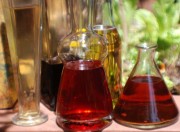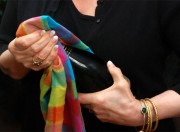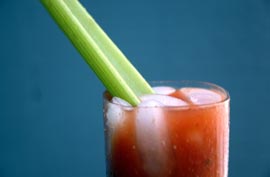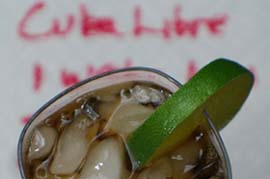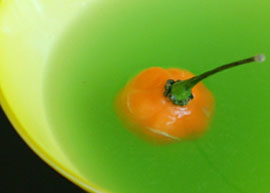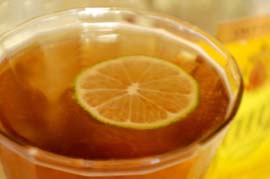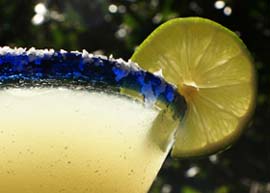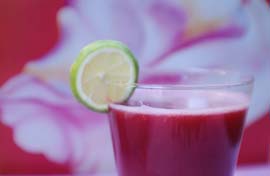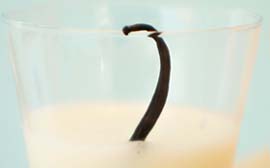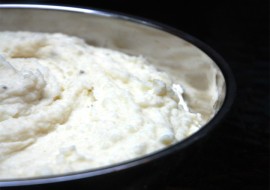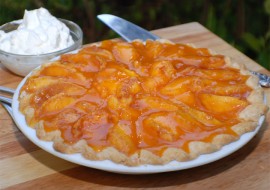The last time that my family and I were in Paris we ate a lot of croque monsieurs; those tasty grilled ham and cheese sandwiches that you find in cafes and bars all over France. I was never sure if it was the ambience or my imagination, but they didn’t taste anything like our American counterparts. When my Parisian friends Alexandra Wagner, Antoine Coulon and Shefali Manilal—all great cooks—arrived at my home for their San Francisco holiday, I wanted to learn how to make these delectable sandwiches from the experts.
I stocked my refrigerator and pantry with everything needed for scrumptious meals and cooking sessions, especially ham and lots of different cheeses. Early the first morning, Alexandra—or Alx —joined me in the kitchen while I made coffee. We agreed the croque monsieurs could work just fine for breakfast.
With a cup of strong coffee in one hand, I rooted through the refrigerator and collected a loaf of good white sandwich bread, some thinly sliced plain ham and a block of gruyère cheese. Made in Switzerland, this cow’s milk cheese has a rich, nutty flavor and is the classic choice for croque monsieur. But when Alx saw my choice she immediately objected. “No, no, let’s use the gouda. It’s what we use in my native Belgium and I prefer its flavor.” I grabbed the cheese, the butter dish and my trusty iron skillet. We were ready to go!
As we set up our assembly line, Alx told me that originally, French workers brought croque monsieurs to work and stowed them on their hot radiators so they would be crispy and oozing gooey cheese in time for their mid-day meal.
She took a slice of bread, added the cheese and ham and topped it with the second slice of bread. Alx spread soft butter on both sides of the sandwich while I melted butter in the skillet. As I grilled up the first four sandwiches, Alx suggested that we do a couple of variations. Her favorite included placing an extra slice of cheese on top and broiling it for several minutes until the cheese bubbled merrily.
While several sandwiches broiled, I learned that croque monsieurs first appeared on Paris menus in 1910, and that Marcel Proust mentioned them in his 1918 work, À la recherche du temps perdu. That was about all the chit-chat I had time for, because the heavenly smell of broiling cheese was pushing my appetite over the limit!
I was also eager to try croque madams—the same basic sandwich with a fried egg on top. Soon the skillet was sizzling as Alx fried a batch of eggs sunny-side-up and artfully slid them onto four more beautiful grilled sandwiches.
Unlike monsieur, madame appeared in 1960 and is said to have gotten her name because the egg resembled an old-fashioned woman’s hat or an ample breast. Personally, I figured some poor mother did it to get extra food into her kids. I giggled as it occurred to me that beautiful madame was on top of monsieur—way to go!
As the good morning kitchen smells wafted through the house, the family and guests sleepily made their way downstairs, poured steaming cups of coffee and came to consciousness. Antoine told how he and Shefali love to make croque monsieurs for late Sunday suppers after a busy weekend. “Many cafes and home cooks serve these on top of a small green salad dressed simply with oil and vinegar for a complete meal,” said Alx. I asked if they ever made croque monsieurs with bechamel or mornay sauce like I’d read about. Alx said, ”yes, you can do that but it’s so fussy. These are simple and so good.”
With a second cup of coffee, I was ready to take on a croque madam. I put one on a plate and headed to the garden where Alx joined me. The first bite was heavenly—everything I remembered. Suddenly, I was transported to the little Paris sidewalk cafe in the Marais District where we ate these every day. As I took another bite I pondered the difference between this and plain old ham-and-cheese. I noted that the thinly sliced boiled ham with gouda is more delicate that the thicker-cut, often smoked ham with cheddar or American cheese typically used here. And the secret ingredient—if there is one—is butter, butter, butter. No margarine or vegetable oil allowed, or you will never know the pleasures of monsieur and madame in that hungry, devouring, savoring-every-crumb kind of way.
Get printable recipes for the Croque Monsieur Sandwich and the Croque Madame Sandwich.



